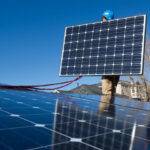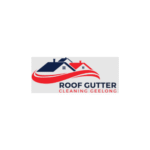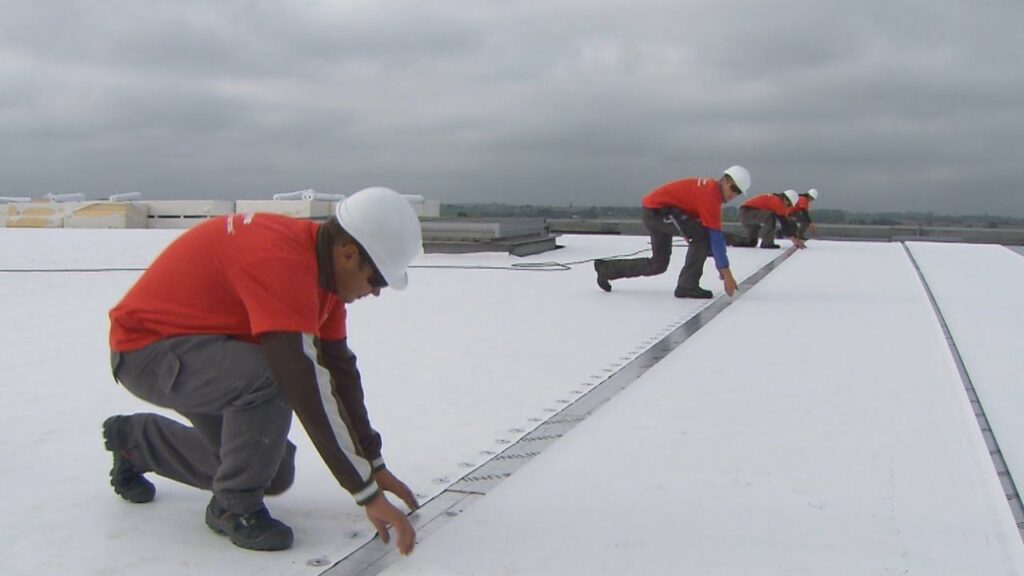Energy codes for commercial buildings are getting tougher to increase efficiency and lower power consumption. So, for compliance, select roofing materials that promote energy efficiency. PVC roofing is beneficial as it reflects heat, lowering indoor temperatures and cooling requirements. In addition, it is compatible with thick insulation, which is required for meeting the R-value.
It also complies with cool roof requirements, decreases urban heat, and contributes to green building objectives. In addition, property owners enjoy low maintenance requirements and long-term energy savings. Consider a PVC roof installation for business owners looking for optimal building performance without stepping out of code.
Ways PVC Roofing Installation Meets Commercial Energy Code Requirements
Here are some common ways a PVC roofing meets commercial code requirements:
1: PVC Roofing Reflects Heat
PVC roofing is light in color, usually white, and reflects the sun. Rather than soaking up the sun’s warmth, it reflects most of it. This makes it possible to keep the roof cool on hot summer days. When the roof remains cooler, it minimizes the heat that enters the building. This basic feature is a major reason for an overall increase in energy efficiency. Reflective roofing can also help ease the burden on your HVAC.
2: It Reduces Cooling Costs
PVC roofs also reflect heat, so your building can stay cooler in the summer. This means your air conditioning system doesn’t have to work overtime to keep you at a comfortable temperature with less power. Companies with large rooftops or buildings in sunnier parts of the country can enjoy the greatest savings, which add up over time.
3: Code-Compliant Insulation
PVC roofing systems are compatible with many types of insulation. A contractor can install several inches of insulation board under the PVC membrane without concerns related to roof performance. This helps keep indoor temperatures moderate throughout the year. Successful insulation can keep a home warm in winter and cool in summer. Many energy codes have specific R-value requirements for insulation. It’s even easier to achieve and/or surpass these standards with PVC roofing.
4: Meets Cool Roof Requirements
Energy codes frequently contain “cool roof” provisions for commercial buildings. These standards dictate using reflective, cool roofing, which PVC roofing meets. This is due to its reflectivity and ability to stay cool under the sun. Many PVC sheets are ENERGY STAR® qualified and help buildings meet standards. Selecting PVC ensures that your building will meet local code requirements with energy-saving performance.
5 Aids in the Reduction of Urban Heat Islands
Urban temperatures are higher than in the countryside. This is known as the “urban heat island effect.” It occurs when buildings, roads, and dark roofs absorb and trap heat. The PVC sheets are usually bright and keep the roof and the surrounding air cooler due to their excellent reflective properties. The more buildings in a city with cool roofs, the cooler and more comfortable the city becomes. Cool roofs also enhance the air quality and benefit public health.
6: Easy to Maintain
PVC roofs require less maintenance and should last decades. They are resistant to UV, harsh weather, chemicals, and fire. The surface is smooth, so it doesn’t attract dirt and debris. In case of damage, the repairs are easy and economical. With regular maintenance, most PVC roofs last 20 to 30 years. This long-term life span makes them a great option for property owners looking for minimal roofing problems and excellent performance over time.
7: Aids in Reducing Long-Term Energy Costs
PVC roofing is great because of the savings you can achieve over a long period. It makes work easier on your HVAC systems by reflecting heat and helping with insulation. That translates to lower energy consumption and greater energy-spending control. Best of all, the savings are ongoing yearly, ultimately saving you money, making PVC roofing affordable. While the upfront cost may be higher than that of typical roofs, the return on investment is high due to lower utility and maintenance costs.
8: Good for Green Building Certifications
Most businesses are targeting green building standards such as LEED. PVC roofing aids in accomplishing those goals. It’s friendly to the environment, cuts emissions, and saves energy. Some of the PVC membranes are recyclable after replacement, which is a greener option. A PVC roof can even earn your building points toward green certifications. This is great for the environment but also for your company’s reputation, as it positions you as a responsible and eco-friendly brand.
Conclusion
Commercial energy code compliance begins with making the right roofing choice. This is where reflecting heat and reducing cooling loads come into play, both of which PVC roofing does effectively. It also offers high-performing insulation, which allows buildings to remain within the energy limits they must meet.
Satisfying cool roof standards helps reduce city heat islands and supports environmental targets. PVC is super durable and easy to maintain, offering a long-lasting performance. Its potential to save long-term energy costs also benefits commercial property owners. If you desire a roofing system that will meet your expectations for efficiency and durability, consider a PVC roof installation.
Click here and read more blogs
- How does PVC Roofing Installation Help Meet Commercial Energy Code Requirements
- PVC roofing reflects heat, reduces the cooling cost, and supports code-compliant insulation, meets cool roof requirements, and reduces heat effect. Learn more.
- PVC Roofing, PVC Roofing Installation, Precision Roofing
Related posts:
 The Complete Guide to Selecting the Best Italian Marble to Install in Your Home or Office
The Complete Guide to Selecting the Best Italian Marble to Install in Your Home or Office
 Confidential & Convenient: Get an STD Test at Home with Doctor on Call in Dubai
Confidential & Convenient: Get an STD Test at Home with Doctor on Call in Dubai
 Key Steps in Kitchen Installation Poole | Complete Guide 2025
Key Steps in Kitchen Installation Poole | Complete Guide 2025
 Trusted Electrical Services in Boulder, CO – Hoss Electrical Corp
Trusted Electrical Services in Boulder, CO – Hoss Electrical Corp
 Blocked Gutters in Geelong? Here’s Why You Shouldn’t Wait to Clean Them
Blocked Gutters in Geelong? Here’s Why You Shouldn’t Wait to Clean Them
 Kitchens and Cabinetry – exclusive design from the manufacturer
Kitchens and Cabinetry – exclusive design from the manufacturer
 Tiny Kitchens, Big Solutions With shelves for small spaces That Work
Tiny Kitchens, Big Solutions With shelves for small spaces That Work
 How Much Does a Home Lift Cost in 2025? A Complete Pricing Guide
How Much Does a Home Lift Cost in 2025? A Complete Pricing Guide








